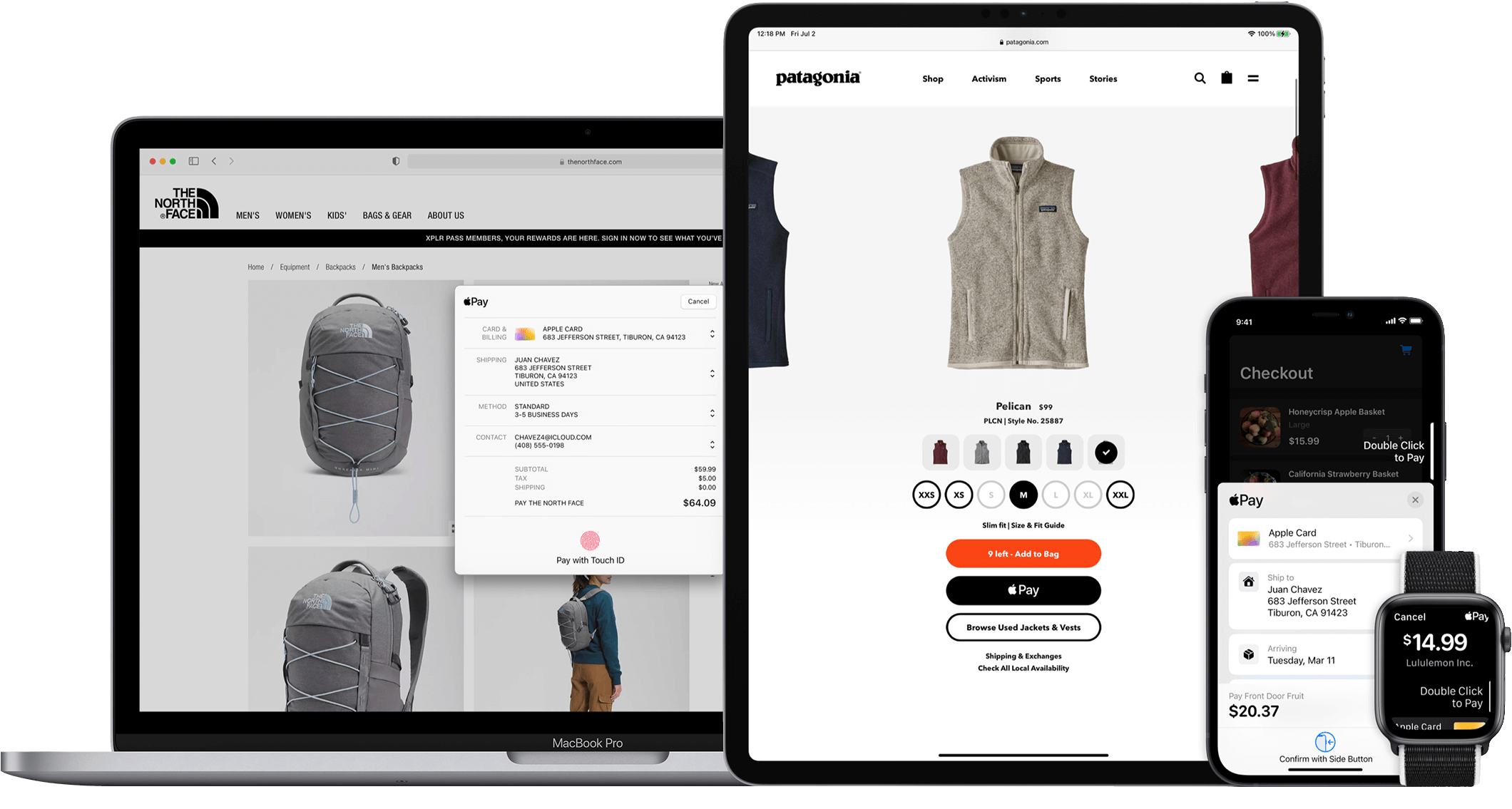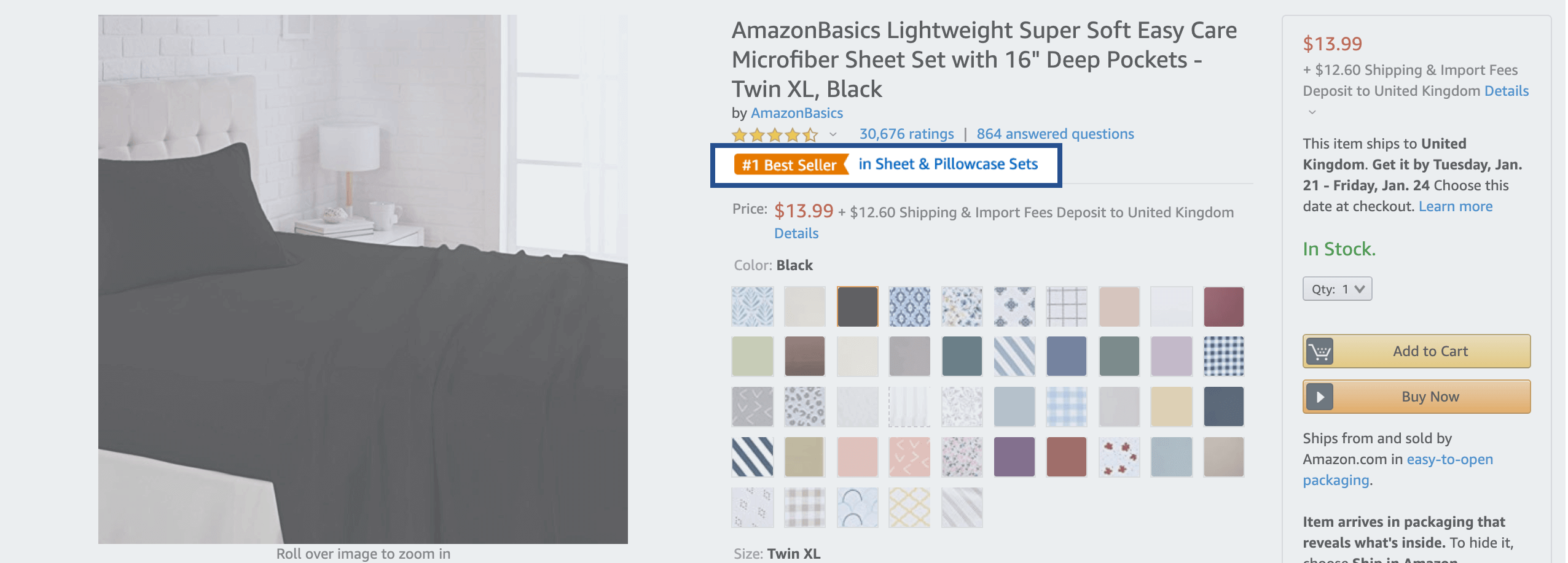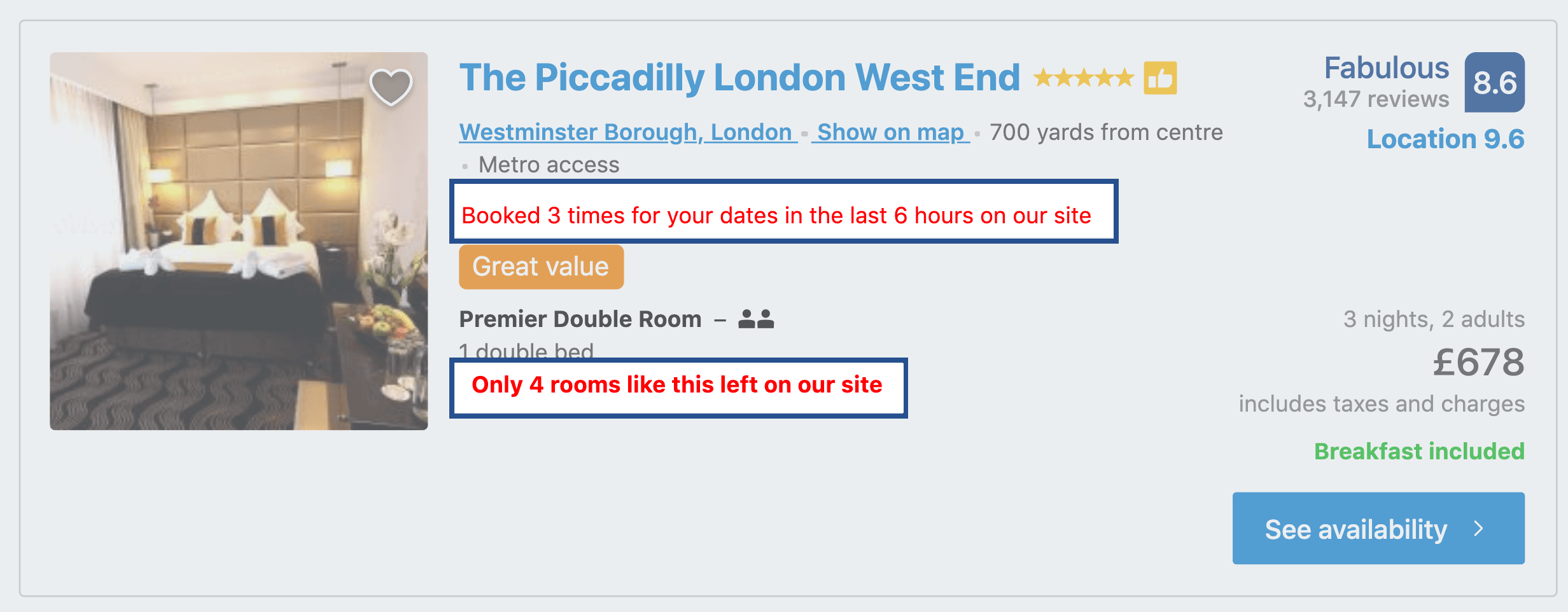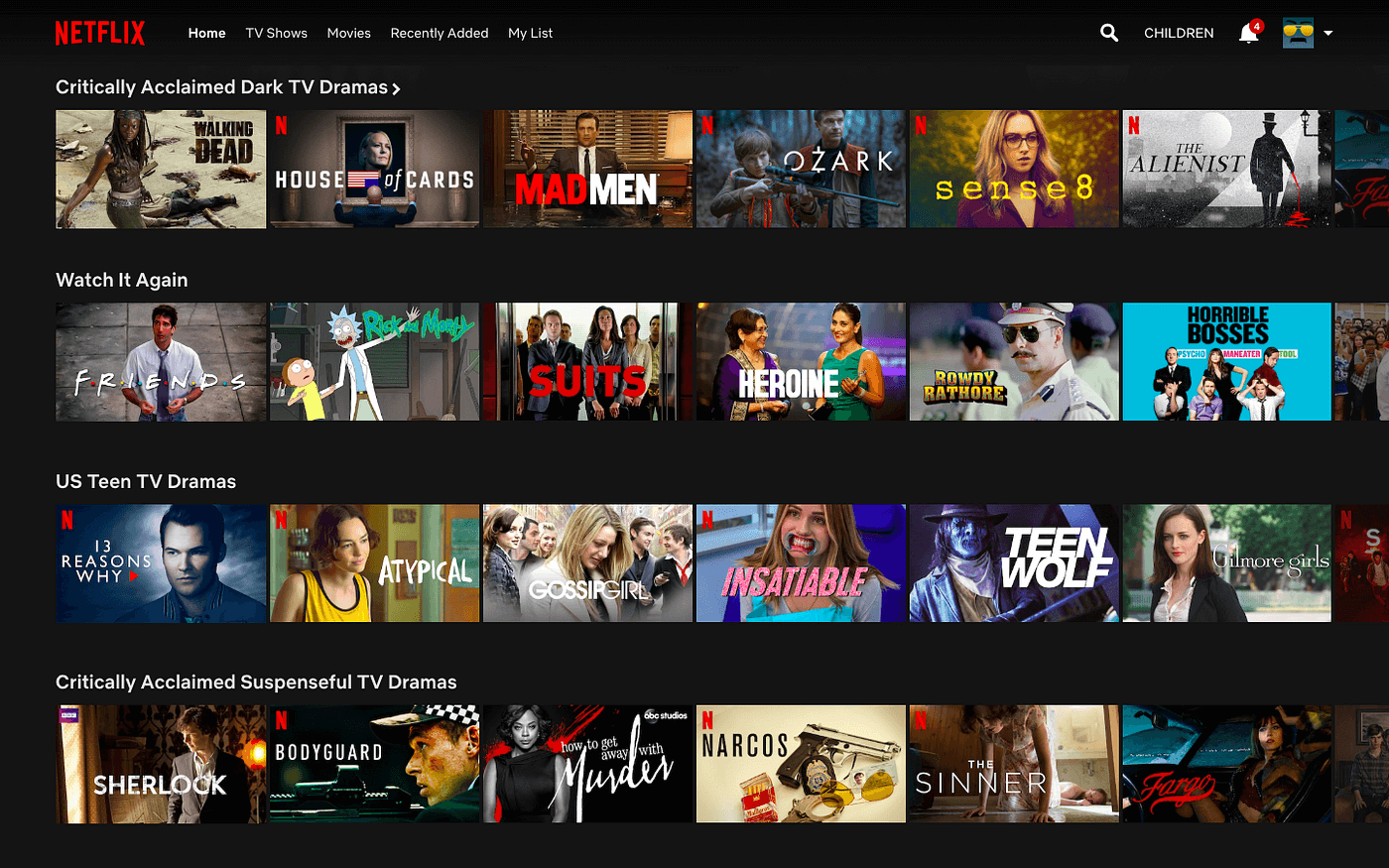As an UX designer, I’ve had the opportunity to witness the evolution of the digital landscape. What remains constant is the crucial role that a well-designed user interface (UI) and user experience (UX) play in determining a business’s success. The key to unlocking this potential? Persuasive UI/UX design. It’s the driving force that enhances user engagement, leading to increased conversions, improved customer retention, and a solid brand reputation. In this post, I invite you to explore the importance of persuasive UI/UX design and discover real-life examples of how it has contributed to the success of various businesses.
The Power of Persuasive UI/UX Design
A persuasive UI/UX design aims to influence user behavior and encourage them to take specific actions, such as making a purchase, signing up for a newsletter, or sharing content on social media. By understanding users’ needs, preferences, and motivations, designers can create an interface and experience that resonate with them on a deeper level. The result is increased user engagement and a higher likelihood of users completing the desired actions.
Fostering Trust Through Visual Design
Trust is a vital component of persuasion, especially in the online world where users need to feel secure before providing personal information or completing a transaction. One real-life example of building trust through UI/UX design is Apple Pay. The platform uses clear, simple visuals and a consistent design language to make users feel comfortable and secure while making transactions. By focusing on a clean and straightforward design, Apple Pay effectively encourages users to trust the service and use it for their payments.

Leveraging Social Proof
Social proof is a powerful psychological principle that can be incorporated into UI/UX design to persuade users to take action. People are more likely to engage with a product or service if they see others doing the same. Amazon is a prime example of a company that leverages social proof in its design. The platform showcases user reviews, ratings, and testimonials to instill trust and encourage users to make a purchase. By providing this social proof, Amazon has successfully created a sense of community and trust, leading to higher engagement and sales.

Utilizing Scarcity and Urgency
Creating a sense of scarcity and urgency can encourage users to take immediate action, as they feel they might miss out on an opportunity if they don’t act quickly. Booking.com is an excellent example of a company that uses these psychological principles in its UI/UX design. The platform displays messages like “Only X rooms left” or “Booked X times in the last 24 hours” to instill a sense of urgency in users, prompting them to book a room before it’s too late. This strategy has proven to be incredibly effective in boosting user engagement and increasing bookings.

Personalization for Enhanced User Experience
Personalization is another essential aspect of persuasive UI/UX design. By tailoring the interface and content to individual users, businesses can create a more meaningful and relevant experience that keeps users engaged. Netflix is a prime example of a platform that leverages personalization to enhance user experience. The streaming service uses machine learning algorithms to provide personalized recommendations based on users’ viewing history, preferences, and behavior. This tailored approach has contributed to Netflix’s success, as users spend more time on the platform and are more likely to continue their subscription.

Clear Calls to Action (CTAs)
Clear and compelling CTAs are a critical component of persuasive UI/UX design, as they guide users towards the desired action. Dropbox, for instance, uses a minimalist design with an attention-grabbing CTA button that stands out on the page, making it easy for users to understand the next step. This approach has helped Dropbox acquire millions of users and become one of the most popular cloud storage services.

Conclusion
Persuasive UI/UX design plays a crucial role in boosting user engagement and driving business success. By understanding and leveraging psychological principles, such as trust, social proof, scarcity, urgency, and personalization, designers can create interfaces and experiences that resonate with users and encourage them to take the desired actions.
To make the most of persuasive UI/UX design, it is essential to:
- Prioritize user needs and preferences, ensuring the design caters to their expectations and motivations.
- Utilize clear and compelling calls to action that guide users towards the desired outcome.
- Continuously test and optimize the design based on user feedback and analytics, ensuring the design remains relevant and engaging.
By incorporating these elements into your UI/UX design, you can create a more persuasive, engaging, and ultimately successful digital product that drives business growth and user satisfaction. Remember that persuasive design is not about manipulating users, but rather about understanding their needs and motivations to create a more meaningful and enjoyable experience for them. Keep your users at the forefront of your design process, and you’ll be on your way to creating a persuasive UI/UX that boosts user engagement and drives business success.


